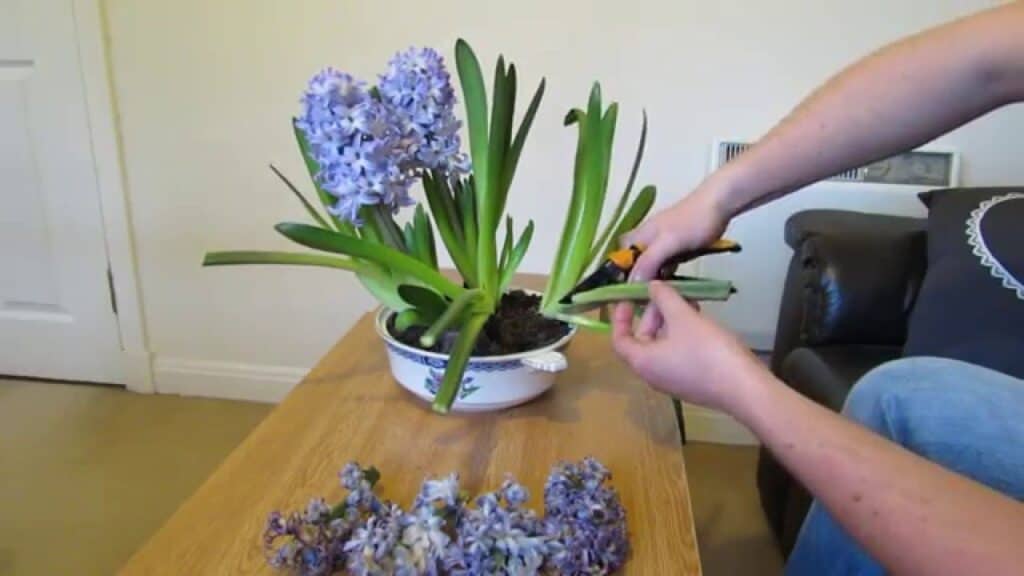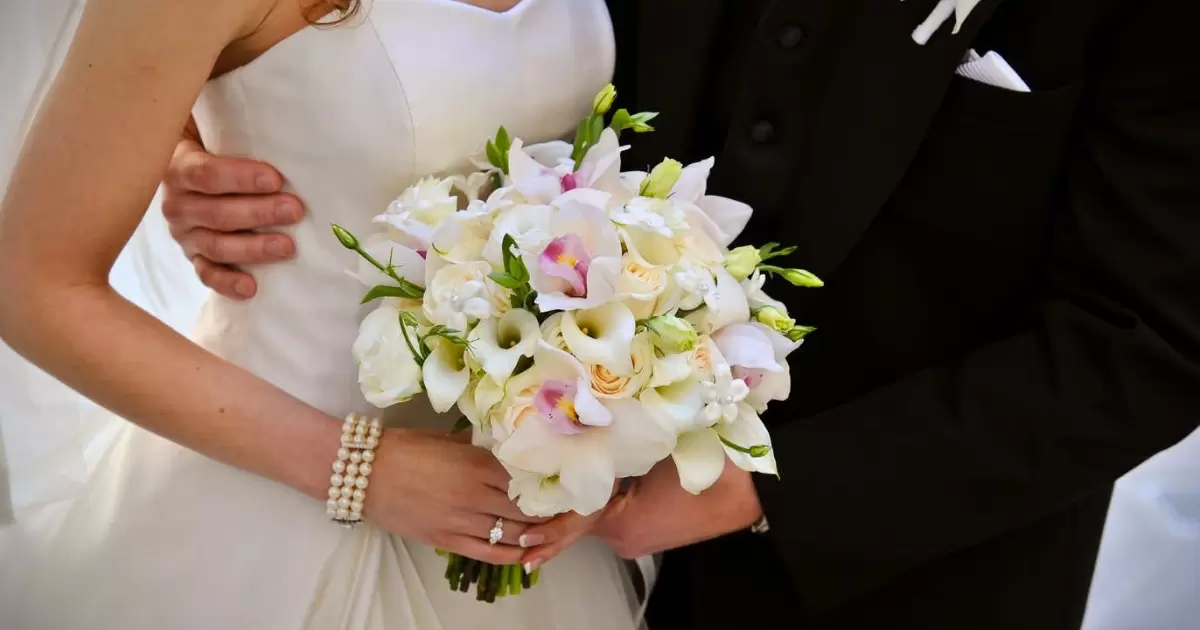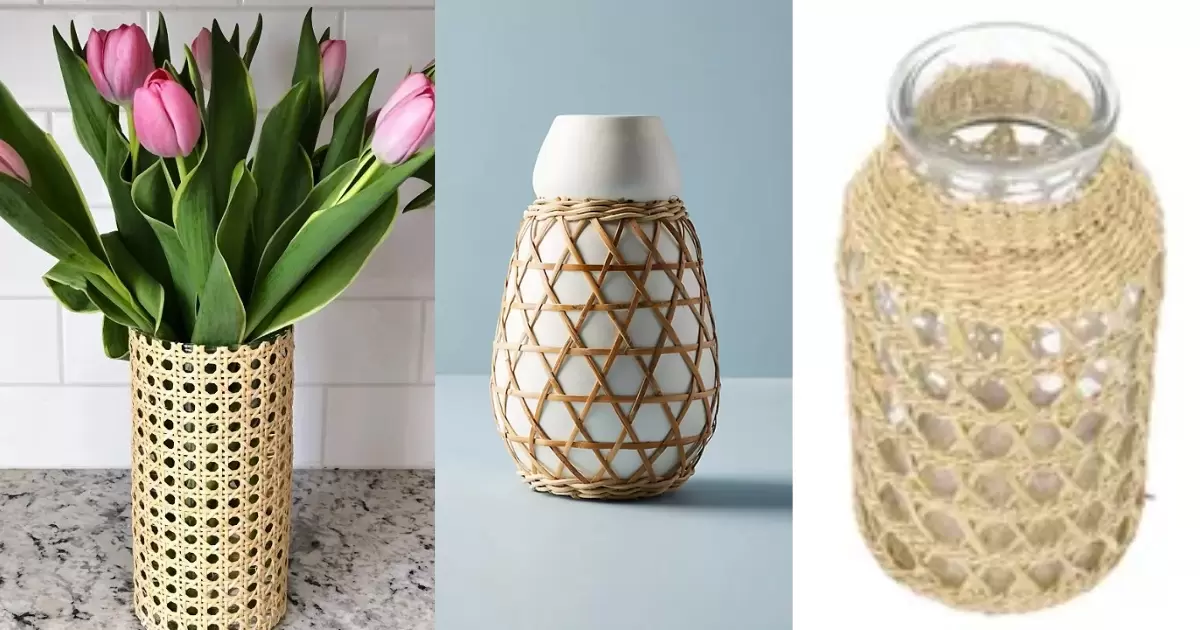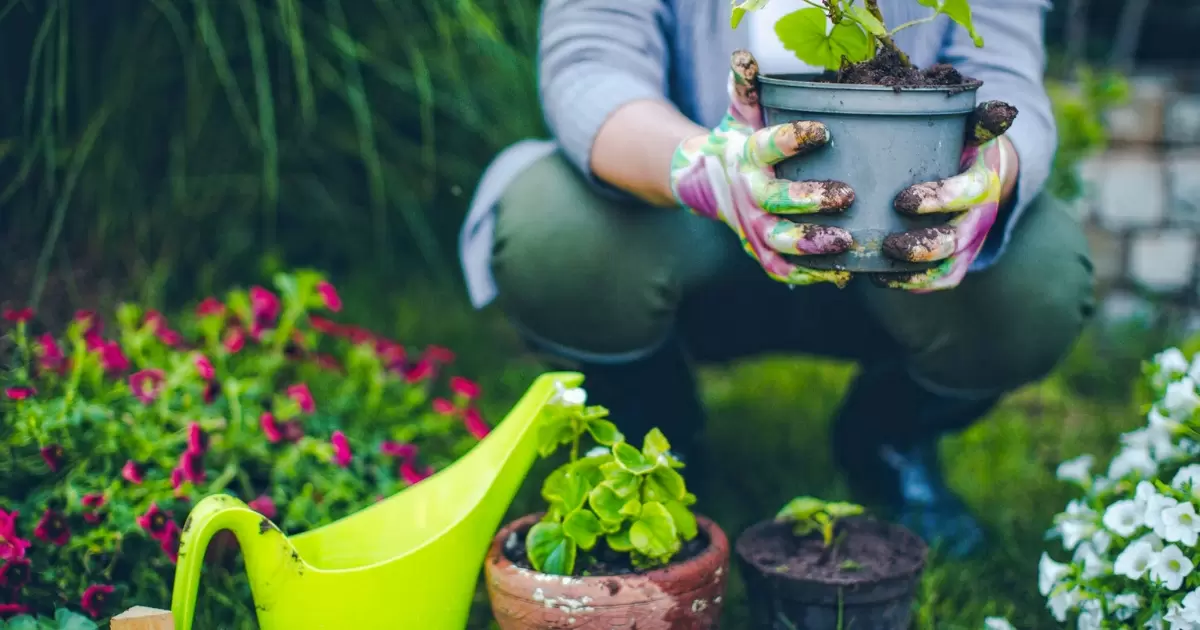To cut hyacinths for a vase, pick a healthy stem with tight, unopened buds. Use sharp scissors or garden shears to make a clean, diagonal cut just above a leaf joint. Remove any excess leaves to prevent them from sitting in the water. Place the cut stems in a vase with fresh water, and enjoy the fragrant blooms as they open over time.
Want your hyacinths to brighten up your space? Learn how to cut hyacinths for a vase like a pro! Pick a healthy stem, snip just above a leaf joint, remove excess leaves, and voila – a simple way to bring nature indoors!
Bringing nature inside doesn't have to be complicated. By selecting a healthy stem, making a clean cut just above a leaf joint, and tidying up excess leaves, you create a simple connection between your garden and your home. Enjoy the beauty of freshly cut hyacinths effortlessly.
Selecting the Right Time
Timing is crucial when cutting hyacinths for a vase. Choose a time when the flowers have just started to bloom but aren't fully open. This ensures you capture them at their freshest, ready to unfurl their beauty in your home.
Avoid cutting hyacinths during the heat of the day; mornings or evenings are ideal. Cooler temperatures prevent wilting, allowing the flowers to last longer in the vase. By selecting the right time, you set the stage for a stunning floral display that will brighten up any room.
Gathering Materials
Now that you've nailed the timing, let's talk about gathering materials. Grab a pair of sharp scissors or garden shears for precise cuts. Look for a clean vase, ensuring it's free from any residue, and fill it with fresh water. Keep it simple, but these essential materials like the red labyrinth dahlia will make your hyacinth-cutting experience smooth and successful.
Now that you've nailed the timing, let's talk about gathering materials. Grab a pair of sharp scissors or garden shears for precise cuts. Look for a clean vase, ensuring it's free from any residue, and fill it with fresh water. Keep it simple, but these essential materials will make your hyacinth-cutting experience smooth and successful.
A key tip: choose a vase that supports the height of your hyacinths. They tend to have long stems, and a properly sized vase prevents overcrowding, allowing each bloom to shine. With the right tools in hand, you're all set to bring the beauty of the garden indoors.
Choosing Hyacinth Stems
Next up in our sequence is choosing hyacinth stems. Opt for stems with unopened buds, signaling their freshness. These tight buds will gradually open, extending the lifespan of your arrangement.
Look for healthy, vibrant green stems free from discoloration or damage. By selecting the right stems, you're laying the foundation for a visually pleasing and long-lasting hyacinth bouquet in your vase.
Cutting Technique
Now, let's dive into the cutting technique. Once you've selected a healthy hyacinth stem, use sharp scissors or garden shears. Make a clean, diagonal cut just above a leaf joint to encourage optimal water absorption.
Trimming excess leaves is essential to prevent them from sitting in the water, maintaining the freshness of your arrangement. Mastering this straightforward cutting technique ensures your hyacinths will blossom beautifully in the vase.
Cutting Length
Moving on to the cutting length, aim for a length that suits your vase. Generally, a hyacinth stem looks elegant when it is about one and a half times the height of the vase.
Avoid cutting them too short; this allows the blooms to stand out and adds a touch of grace to your arrangement. Finding the right cutting length is the key to a well-proportioned and visually pleasing hyacinth display.
Removing Excess Foliage
Time to focus on removing excess foliage. After making your clean cuts, take a moment to inspect the stems for any extra leaves. Removing them is crucial as it prevents the leaves from submerging in the water and keeps your arrangement looking neat.
Snip off any lower leaves, especially those that might sit below the waterline in the vase. This simple step ensures that the water stays clear and your hyacinths stay fresh for a longer duration.
Preparing the Vase
Let's prepare the vase for your beautiful hyacinths. Start with a clean vase, washing away any residue to ensure a fresh environment for your flowers.
Fill the vase with fresh water, providing a clean and nourishing foundation for your hyacinths to thrive. Keep it simple, and you're all set to showcase the beauty of your freshly cut blooms in a well-prepared vase.
Arranging in the Vase
Now that your vase is ready, let's dive into arranging your hyacinths. Begin by placing the stems evenly in the vase, allowing each bloom its space to shine.
Consider the natural curve of the stems and let them dictate the arrangement. Avoid overcrowding; a well-spaced display allows each flower to open gracefully, creating a visually appealing hyacinth arrangement in your vase.
Changing Water
Maintaining your hyacinths' freshness involves changing the water regularly. Every few days, empty the vase, and replace the water with fresh, clean water.
This simple step prevents bacterial growth, ensuring a healthier environment for your hyacinths to thrive and prolonging the beauty of your vase arrangement.
Types of cut hyacinth for vase
|
Aspect |
Traditional Cut |
Water Twist Method |
Diagonal Cut Technique |
|
Description |
Standard cut just above a leaf joint. |
Twist stems in water before cutting. |
Make a clean, diagonal cut above a leaf joint. |
|
Benefits |
Simple and widely practiced. |
May enhance water absorption. |
Aesthetic appeal, encourages water intake. |
|
Drawbacks |
Limited innovation. |
Not universally proven effective. |
Requires precision, but the result is visually pleasing. |
|
Suitability |
Beginner-friendly. |
Experimental, may vary in results. |
Ideal for those seeking an elegant arrangement. |
Frequently Asked Question
When is the best time to cut hyacinths for a vase?
Choose when buds are just starting to bloom for optimal freshness
What cutting tools should I use for hyacinths?
Use sharp scissors or garden shears for clean, precise cuts.
How long should hyacinth stems be for a vase?
Aim for 1.5 times the vase height, creating an elegant display.
Why is changing water important for hyacinth longevity?
Prevent bacterial growth, ensuring a healthier environment for prolonged freshness.
Conclusion
In conclusion, mastering the art of cutting hyacinths for a vase is simple. Start by choosing the right time, ensuring you capture the blooms at their freshest. Gather your materials - sharp scissors, a clean vase, and freshwater—for a seamless experience.
Selecting healthy stems and using a clean-cutting technique are key steps. Optimal cutting length and removing excess foliage enhance the visual appeal. Preparing and arranging in the vase with care sets the stage for a beautiful display. Remember to change the water regularly for prolonged freshness.
.png)












